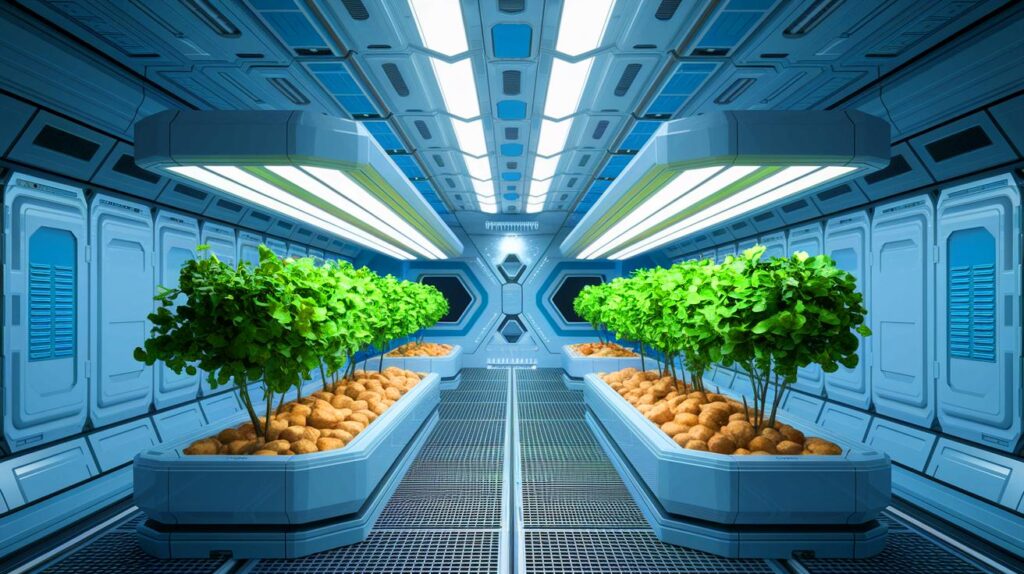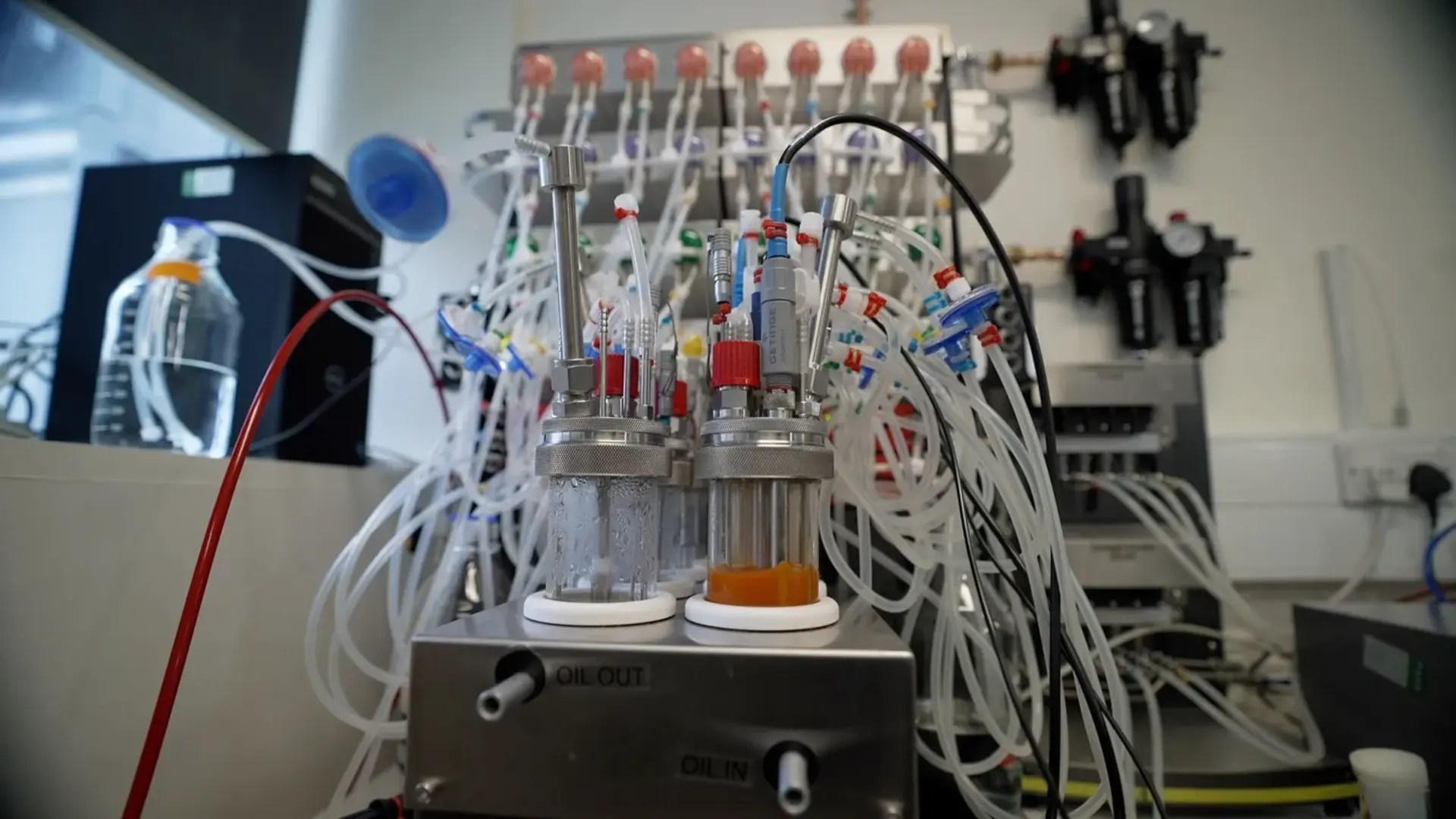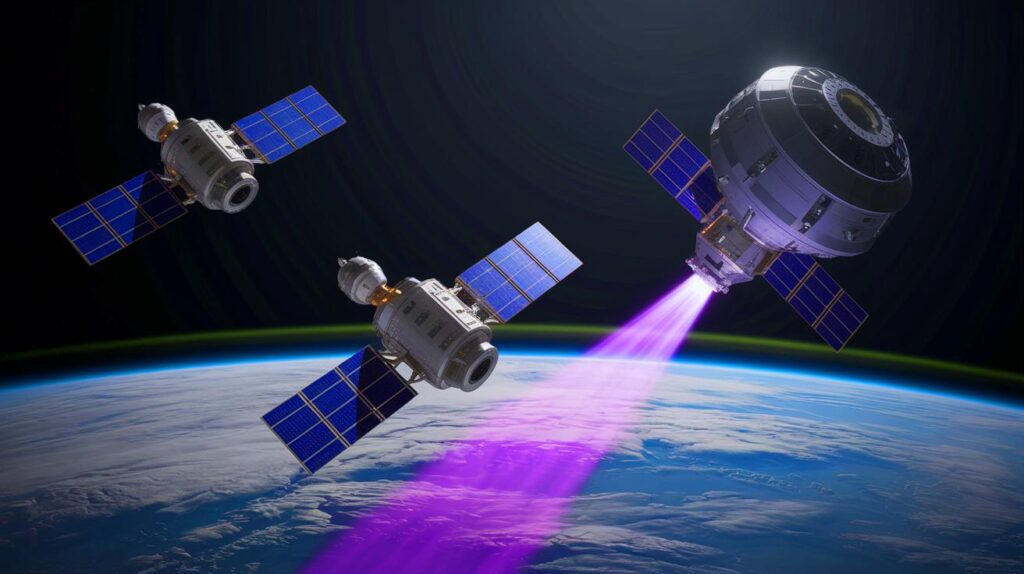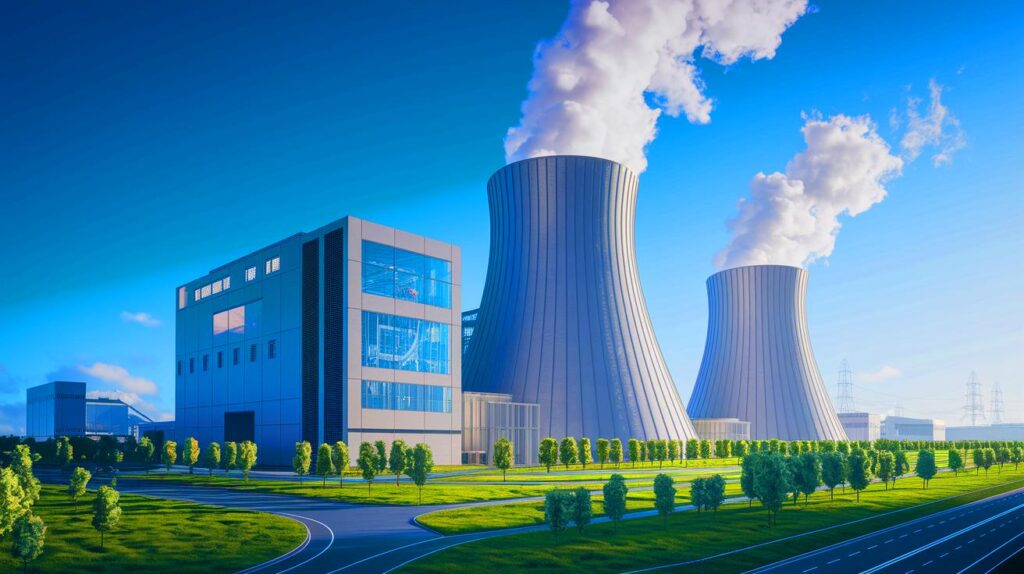| IN BRIEF |
|
Technological advancements are opening new fascinating perspectives for space exploration, especially in terms of nutrition. The exorbitant cost of feeding astronauts compels space agencies to innovate. Currently, feeding an astronaut can cost up to €27,000 per day, which poses a significant financial challenge for extended space missions. To address this issue, the European Space Agency (ESA) has decided to launch a dedicated space lab for food production in orbit. This initiative could not only cut costs but also pave the way for sustainable human presence in space.
Food Production in Orbit: An Ecological Revolution
The establishment of food production directly on the International Space Station (ISS) could transform the way we think about food in space. The project, led by researchers from Imperial College London in collaboration with Frontier Space, focuses on utilizing advanced biotechnologies. These researchers are working on lab-grown meat and other foods, a technology already in use on Earth, notably in the United States and Singapore with products like lab-grown chicken.
This approach is more ecological than traditional farming and livestock methods as it requires fewer natural resources and generates less waste. By replicating this model in space, we could not only reduce dependence on costly food shipments from Earth but also promote a sustainable approach to human nutrition in an isolated environment.
The Crucial Role of Bioreactors in Space Exploration
A bioreactor, like the one developed by Imperial College, can produce various types of food through precision fermentation. This technology allows specific genes to be added to yeast to produce essential nutrients like proteins, carbohydrates, and vitamins. Dr. Aqeel Shamsul, CEO of Frontier Space, asserts that this method could revolutionize our approach to food production, making it more adaptable to the extreme conditions of space.
To test the feasibility of this technology in orbit, a small version of the bioreactor was sent aboard a CubeSat, launched by a SpaceX Falcon 9 rocket. The experiment aims to assess how the special yeast behaves in microgravity and determine whether this approach could be used to produce complex foods in space. The results of this experiment could dictate the next step in space agriculture, thus paving the way for autonomous human colonies on other planets.
Challenges and Promises of Space Cooking
While bioreactor technology holds promise, it still faces several challenges before becoming a viable solution for space nutrition. Currently, bioreactor products resemble a “brick-colored mush,” which is not very appetizing for astronauts. Improving the appearance and texture of the food is therefore a key objective for researchers at Imperial College.
Meanwhile, Jakub Radzikowski, the head chef at Imperial College, is working on creating tasty dishes from proteins and starches derived from mushrooms. With final approval from regulatory agencies, it will become possible to prepare various cuisines directly in space, making the astronauts’ meals more diverse and appealing. This advance could play a crucial role in the morale and well-being of crews on long missions.
Towards Sustainable Space Agriculture
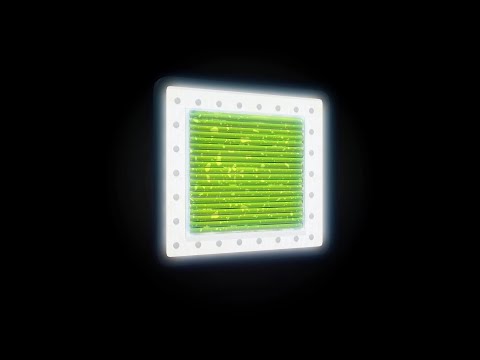

The ESA and its partners envision creating food factories in orbit, and ultimately on the Moon. By establishing an infrastructure that can support human life, these efforts could be the first steps toward permanent human habitation in space. Dr. Aqeel Shamsul emphasizes that these developments could revolutionize our understanding of life beyond Earth and enable humanity to become a multi-planetary species.
Establishing space agriculture could not only reduce dependence on Earth but also provide a model for sustainable development applicable to our planet. The lessons learned from these experiences could inspire innovative solutions to the environmental challenges we face here.
As we continue to explore the possibilities of life beyond our planet, what other unexpected innovations could emerge from this new frontier in space?

